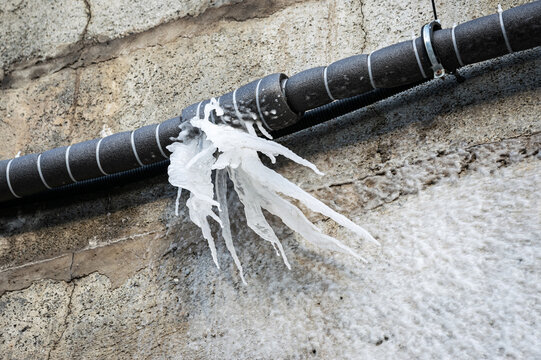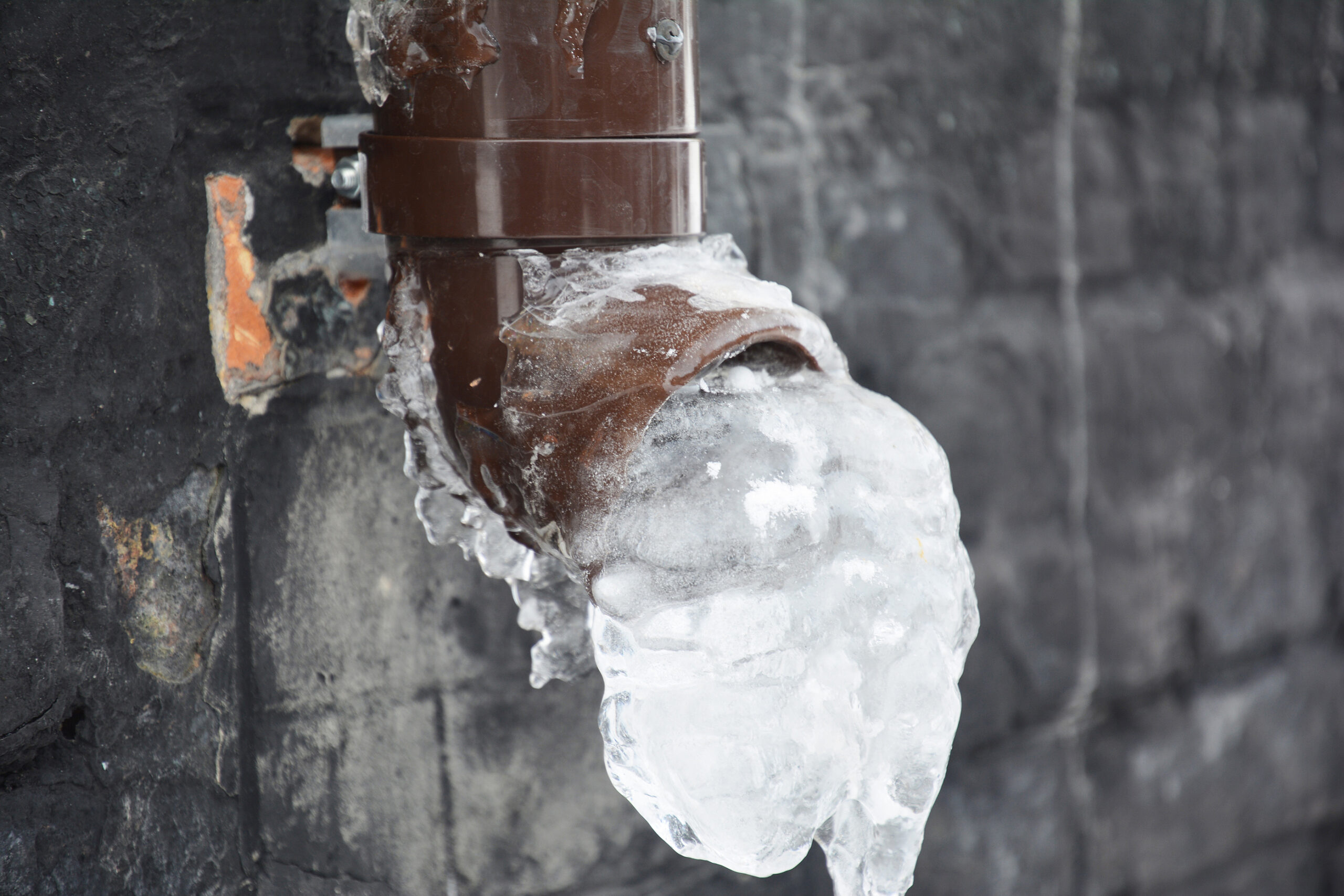Protect Against Frozen Pipes in Winter: Professional Tips
Protect Against Frozen Pipes in Winter: Professional Tips
Blog Article
In this article further down you can find some excellent resources all about Helpful Tips to Prevent Frozen Pipes this Winter.

Cold weather can wreak havoc on your pipes, especially by freezing pipelines. Right here's how to avoid it from happening and what to do if it does.
Intro
As temperatures decrease, the risk of frozen pipelines boosts, potentially causing costly repair services and water damage. Comprehending just how to prevent frozen pipelines is crucial for house owners in cool climates.
Avoidance Tips
Shielding vulnerable pipes
Wrap pipelines in insulation sleeves or make use of warmth tape to protect them from freezing temperatures. Focus on pipes in unheated or outside locations of the home.
Home heating techniques
Keep interior spaces effectively warmed, specifically locations with pipes. Open cupboard doors to enable warm air to circulate around pipes under sinks.
Exactly how to identify icy pipes
Look for decreased water circulation from faucets, uncommon odors or sounds from pipes, and noticeable frost on subjected pipes.
Long-Term Solutions
Architectural changes
Take into consideration rerouting pipes away from outside walls or unheated areas. Include extra insulation to attic rooms, cellars, and crawl spaces.
Updating insulation
Invest in top quality insulation for pipelines, attics, and wall surfaces. Appropriate insulation helps preserve consistent temperature levels and decreases the threat of frozen pipelines.
Securing Outdoor Plumbing
Yard hose pipes and exterior faucets
Detach and drain pipes garden pipes prior to winter season. Set up frost-proof faucets or cover outside taps with insulated caps.
Comprehending Icy Pipelines
What causes pipes to freeze?
Pipes ice up when revealed to temperature levels below 32 ° F (0 ° C) for extended durations. As water inside the pipelines ices up, it expands, putting pressure on the pipe walls and potentially creating them to break.
Threats and problems
Icy pipelines can cause water disturbances, residential or commercial property damage, and expensive repairs. Ruptured pipelines can flood homes and trigger comprehensive structural damages.
Indicators of Frozen Water Lines
Determining frozen pipelines early can avoid them from bursting.
What to Do If Your Pipelines Freeze
Immediate actions to take
If you believe icy pipes, maintain faucets open to soothe stress as the ice thaws. Make use of a hairdryer or towels taken in hot water to thaw pipes gradually.
Final thought
Avoiding icy pipes calls for positive measures and fast responses. By recognizing the causes, indications, and preventive measures, house owners can secure their pipes during winter.
6 Proven Ways to Prevent Frozen Pipes and Protect Your Home
Disconnect and Drain Garden Hoses
Before winter arrives, start by disconnecting your garden hoses and draining any remaining water. Close the shut-off valves that supply outdoor hose bibs and leave the outdoor faucet open to allow any residual water to drain. For extra protection, consider using faucet covers throughout the colder months. It’s also important to drain water from any sprinkler supply lines following the manufacturer’s directions.
Insulate Exposed Pipes
Insulating your pipes is an effective way to prevent freezing. Pipe insulation is readily available at home improvement stores and is relatively inexpensive. Pay close attention to pipes in unheated areas such as the attic, basement, crawl spaces, or garage. Apply foam insulation generously to create a buffer against the cold. You can also wrap your pipes in heat tape or thermostat-controlled heat cables for added warmth.
Seal Air Leaks
Inspect your home for any cracks or openings that could let in cold air. Seal any holes around the piping in interior or exterior walls, as well as the sill plates where your home rests on its foundation. Additionally, make sure to keep your garage door closed unless you’re entering or exiting. Leaving it open creates a significant air leak that can lead to frozen pipes.
Allow Warm Air Circulation
During cold snaps, it’s essential to allow warm air to circulate evenly throughout your home. Leave interior doors ajar to promote better airflow. Open kitchen and bathroom cabinets to help distribute heat consistently around the rooms. If you have small children or pets, be sure to remove any household chemicals or potentially harmful cleaners from open cabinets for safety.
Let Faucets Drip
A small trickle of water can make a big difference in preventing ice formation inside your pipes. When temperatures drop significantly, start a drip of water from all faucets served by exposed pipes. This continuous flow helps prevent the water from freezing. Additionally, running a few faucets slightly can relieve pressure inside the pipes, reducing the chances of a rupture if the water inside does freeze.
https://choateshvac.com/6-proven-ways-to-prevent-frozen-pipes-and-protect-your-home/

Hopefully you liked our article on Helpful Tips to Prevent Frozen Pipes this Winter. Thanks a ton for finding the time to read through our article. Are you aware of another individual who is enthusiastic about the topic? Why not share it. Thank you for your time spent reading it.
Click Here Report this page